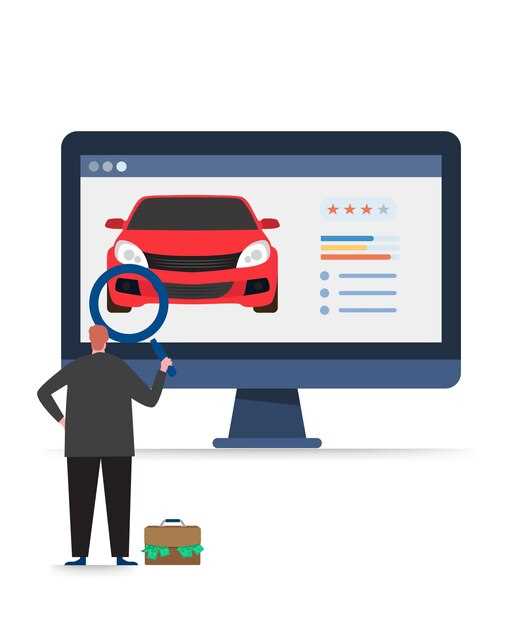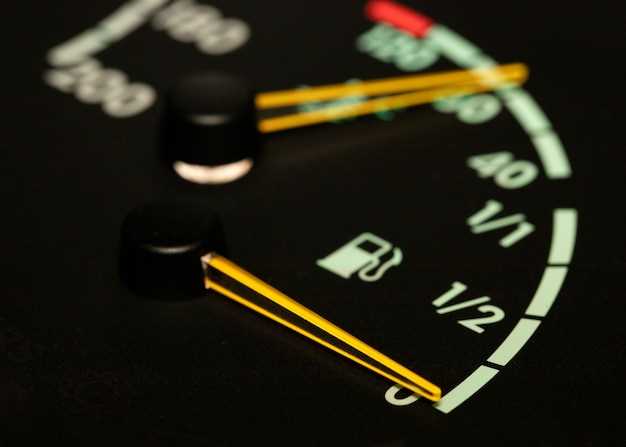
In the automotive market, two critical factors significantly influence a vehicle’s value: mileage and originality. Mileage represents the total distance a vehicle has traveled, while originality refers to the extent to which a vehicle remains true to its factory specifications. Understanding the interplay between these elements is essential for both buyers and sellers seeking to navigate the complexities of vehicle valuation.
The impact of mileage on a vehicle’s worth is straightforward; generally, lower mileage indicates less wear and tear, enhancing the car’s longevity and reliability. Buyers often perceive vehicles with lower mileage as more desirable, leading to a notable increase in their market prices. Conversely, higher mileage can lead to depreciation, as it suggests more extensive use, potentially resulting in greater maintenance costs in the future.
On the other hand, the originality of a vehicle plays a pivotal role in determining its value, particularly among collectors and enthusiasts. Cars that retain their original parts, paint, and specifications are often seen as more authentic and valuable. Such vehicles not only maintain their historical significance but also appeal to those who appreciate the craftsmanship of the era. The synergy between mileage and originality thus creates a nuanced landscape where both elements together forge the true worth of a vehicle.
How Mileage Affects Price Evaluation in Used Cars

Mileage is one of the most significant factors influencing the price evaluation of used cars. It serves as a direct indicator of a vehicle’s wear and tear, as well as its overall longevity. Higher mileage typically suggests that the car has been used extensively, which can lead to increased mechanical issues and lower reliability. Consequently, vehicles with higher mileage usually see a depreciation in value compared to their lower-mileage counterparts.
In evaluating the price of a used car, potential buyers often focus on mileage as a key metric. Originality also plays a crucial role in this context. A car that has been well-maintained and retains its original components can command a higher price, even with moderate mileage. This synergy between mileage and originality impacts both the current market trends and buyers’ perceptions. For instance, a classic car with low mileage and high originality might attract collectors willing to pay a premium, while a commonly used vehicle with high mileage could struggle to find a buyer.
The relationship between mileage, originality, and vehicle value underscores the importance of thorough inspections and realistic assessments. Potential buyers should not only consider the odometer reading but also evaluate maintenance records and the vehicle’s service history. These factors together impact the perceived value and resale potential of the car. As such, understanding how mileage influences overall price evaluation can lead to more informed buying decisions and better investment outcomes for consumers in the used car market.
The Importance of Original Parts in Preserving Vehicle Value

Original parts play a critical role in maintaining the value of a vehicle, especially in the context of classic and collectible cars. The impact of using original components over aftermarket substitutes is significant when it comes to overall quality and authenticity. Originality is a key factor for enthusiasts and collectors who often seek vehicles that remain true to their factory specifications.
When a vehicle retains its original parts, it demonstrates its history and integrity. This originality not only boosts the aesthetic value but also assures buyers of the vehicle’s performance and reliability. The presence of matching numbers on critical components, such as the engine and transmission, can greatly enhance a vehicle’s appeal in the market, reflecting its true heritage.
Mileage is another aspect closely tied to the importance of original parts. As the mileage increases, the likelihood of needing replacements grows. If original parts are replaced with non-genuine components, the value can decrease significantly. Buyers often view vehicles with a history of non-original replacements as less desirable, as they may compromise performance and reliability.
Furthermore, original parts tend to maintain compatibility with the entire vehicle system, ensuring optimal performance. This aspect is crucial for collectors who often invest in vehicles not just for personal enjoyment but as a financial asset. A vehicle equipped with original parts is likely to command a higher resale value, especially in markets where authenticity is highly prized.
In conclusion, maintaining original parts in a vehicle is essential for preserving its value. Their impact on both the perceived quality and marketability cannot be underestimated, especially when considering factors like mileage and overall vehicle integrity. By prioritizing originality, vehicle owners can ensure that their investment holds its value and appeals to future buyers.
Strategies for Assessing Vehicle Originality and Mileage Impact
Assessing the originality of a vehicle and understanding the impact of mileage is essential for determining its value. Here are some effective strategies to evaluate these key factors:
1. Document Verification: Always start by reviewing the vehicle’s history. Obtain documentation such as the original title, service records, and previous ownership details. These documents help establish the authenticity of parts and the extent of modifications, if any.
2. Visual Inspection: Conduct a thorough visual inspection of the vehicle. Look for signs of wear, rust, or damage that could indicate a lack of originality. Pay close attention to the paintwork, decals, and any aftermarket components that may have been added.
3. Authenticity Check: Verify the authenticity of key components such as the engine, transmission, and chassis. Check for matching serial numbers on critical parts, which often signals that they are original and not replaced, thereby preserving the vehicle’s originality.
4. Mileage Evaluation: Analyzing the car’s mileage is crucial. Lower mileage often correlates with a higher value; however, consider the maintenance records as well. A well-maintained vehicle, regardless of its mileage, can sometimes command a higher price than a lesser-maintained vehicle with lower miles.
5. Expert Appraisal: Engaging a professional appraiser familiar with the specific make and model can provide insights that an average buyer may overlook. Their expertise can reveal nuances regarding originality that significantly impact value.
6. Market Analysis: Research current market trends and recent sales of similar vehicles. This can provide a benchmark for assessing how originality and mileage affect pricing in real-world scenarios, allowing for a more informed buying or selling decision.
By applying these strategies, individuals can comprehensively assess the impact of a vehicle’s originality and mileage, ensuring a fair evaluation in the marketplace.




